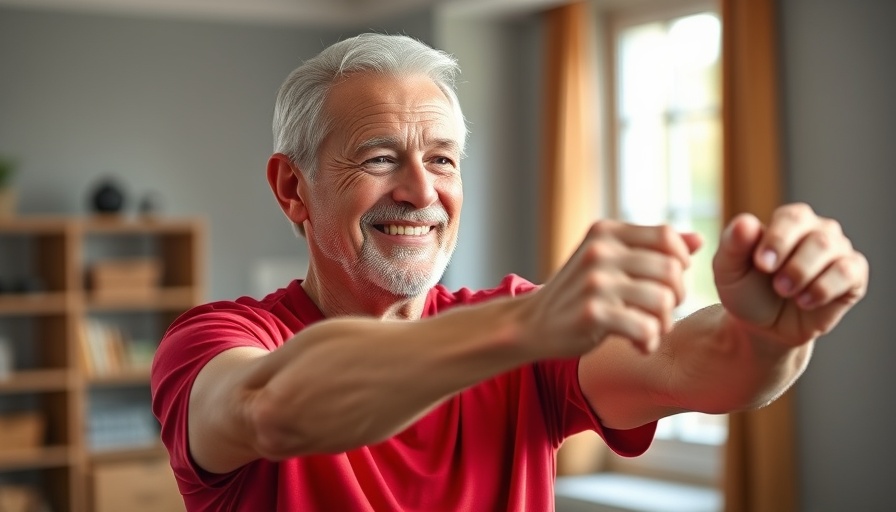
Unlocking the Benefits of Bodyweight and Isometric Exercises for Seniors
As we age, staying physically fit becomes increasingly vital for enhancing our quality of life. For seniors, bodyweight and isometric exercises represent not just an accessible path to fitness, but also a means of maintaining independence and strength without the need for a gym. With no equipment necessary, these exercises make it easier to stay active anywhere—from your living room to a small space while traveling.
Weight-Free Fitness: A Gentle Approach to Strength Training
Bodyweight exercises utilize the body's own weight as resistance, making them ideal for older adults. Isometric exercises, on the other hand, focus on holding static positions to engage muscles without strain. This unique combination allows seniors to build strength without the intimidation that often accompanies traditional weight training.
For example, wall push-ups provide a gentle introduction to upper body strength while minimizing the risk of injury. Similarly, chair-supported squats enable seniors to build leg strength crucial for daily activities without overexertion. This progressive approach serves as an effective transition for those starting their fitness journey.
Enhancing Stability and Reducing Fall Risks
One of the standout advantages of isometric exercises is their contribution to improved stability and balance. Exercises like planks and wall sits build core and leg strength, respectively, lowering the likelihood of falls—a major concern in senior living communities. Strengthening muscles without repetitive motion allows seniors to strengthen safely.
Flexible Fitness: Adapting to Any Lifestyle
The beauty of bodyweight exercises lies in their adaptability. A dynamic workout can be squeezed into a busy day, taking as little as 30 minutes in a modest 6x6 foot space. This flexibility is especially beneficial for those residing in retirement homes or senior apartments, where finding dedicated time or space can be challenging.
Real-World Benefits: Building Functional Strength
Real-world applications of bodyweight exercises are evident in the daily routines of older adults. The strength built through squats translates to ease in getting up from chairs, while push-ups can help with tasks like lifting groceries. This functional strength fosters a sense of independence—an important aspect of senior living.
Getting Started: Safety First
For anyone new to these exercises, starting with basic movements is crucial. Exercises like wall push-ups and seated leg extensions provide a solid foundation, which can be tailored to match individual energy levels and physical conditions. This self-paced approach ensures that physical fitness remains achievable and sustainable.
Understanding the various options for senior living—from independent living to assisted facilities—can significantly enhance the quality of life. Adopting simple fitness routines not only fosters physical health but aligns with the broader goal of maintaining an active lifestyle in one’s desired living situation.
 Add Row
Add Row  Add
Add 




Write A Comment